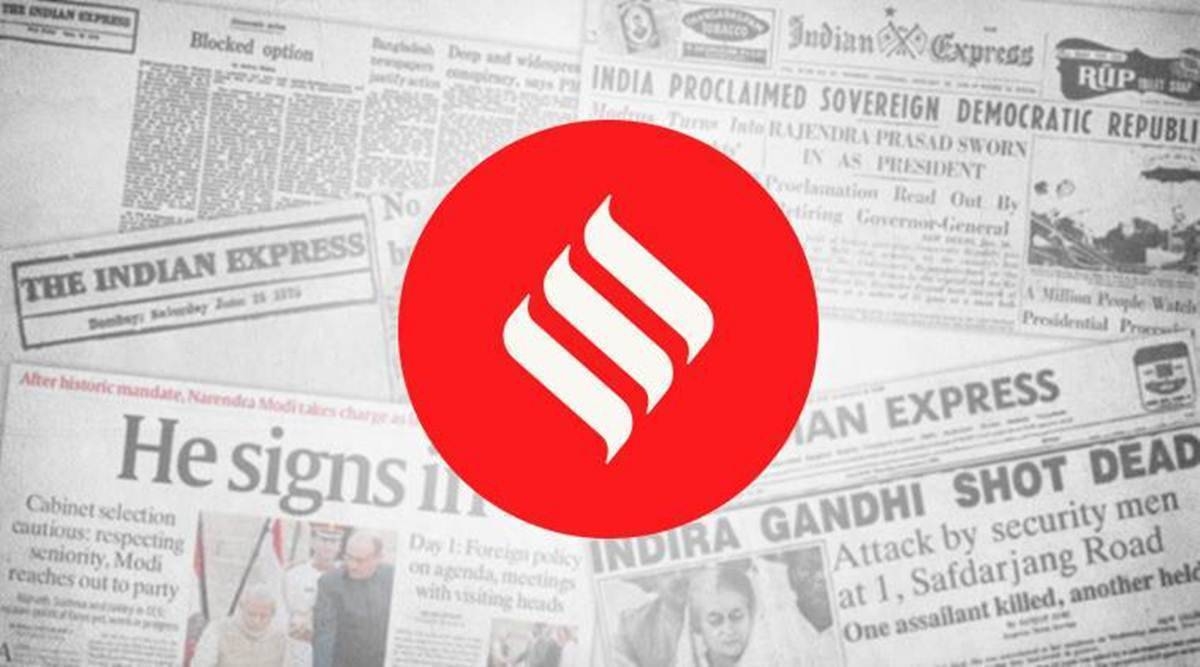 Much work will still need to be done to brace up refrigeration amenities at multiple points in the vaccine supply chain, including medical stores at the district and village levels and the ill-equipped PHCs.
Much work will still need to be done to brace up refrigeration amenities at multiple points in the vaccine supply chain, including medical stores at the district and village levels and the ill-equipped PHCs.In the past three weeks, late-stage trials for a COVID-19 vaccine have shown encouraging results, even as many parts of the world, including India, grapple with a new surge of infections. Particularly heartening for India are the interim data from the trials of the vaccine jointly developed by Oxford University and the pharma major, AstraZeneca. The Pune-based Serum Institute of India, a collaborator in the project, reportedly anticipates the preventive “to be available in the country very soon”. But it’s also evident that the immunisation drive will be a long-drawn affair and the first lot of the vaccines will have to be rationed. The government has reportedly created a database of one crore healthcare workers who will get the first shot. The next challenge will be to create an infrastructure for storing and distributing the vials of the preventive and mobilising a workforce to undertake the inoculation drive.
The Oxford AstraZeneca vaccine can be stored at 2 to 8 degrees Celsius. This is good news for India because the country does not have the cold storage infrastructure required by the other frontrunner candidate, the Pfizer vaccine, which must be stored at freezer temperature. Much work will still need to be done to brace up refrigeration amenities at multiple points in the vaccine supply chain, including medical stores at the district and village levels and the ill-equipped PHCs. Transporting the vaccines from the laboratories to the centres where they will be administered will require coordination between pharma companies, healthcare and transport authorities and administrative agencies at different levels. Tracking each vial as it moves across the supply chain will be important for patient safety. A network of health workers will have to be trained and deployed to ensure that people don’t have to travel long distances to get themselves vaccinated.
India does not have much experience of vaccination programmes across all age groups. The country’s immunisation drives, by and large, target children and pregnant women. Unlike the US, which has an influenza inoculation programme, India will have to build an adult vaccination system virtually from scratch. The challenge of inoculating a substantial chunk of the country’s 130 crore population in about two years against the coronavirus can be gauged from the fact that less than 20 crore children have been vaccinated against polio in 25 years. It’s imperative that the country puts a system in place for the purpose.